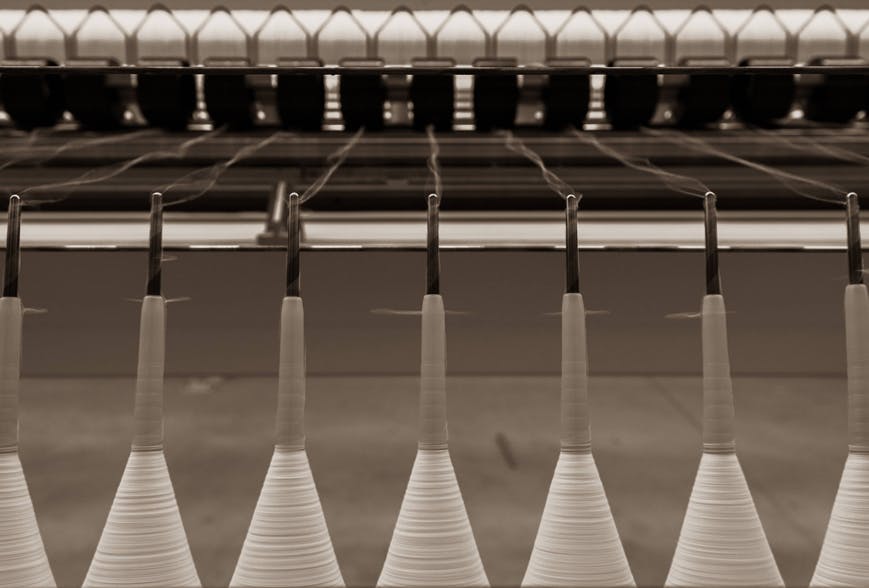First of all, always check the label. What many brands call “cashmere” is just a poor blend between cashmere and wool. This can be much cheaper, but drastically inferior in terms of quality and feel, and more subject to pilling.
Additionally, while a 100% cashmere label can be technically accurate, it is often extremely misleading. Not all cashmere is equal. A jumper made with great cashmere is an investment, which will last a long time. Saving money on cheap options is a mistake that results in a less durable product, which will fall apart after a few washes. Inferior materials and inferior manufacturing translate to a much higher cost per wear.
To an unexperienced eye it is not always easy to differentiate between great and low quality cashmere before the first few washes. Here we analyse what you should look for to make sure you are getting the best cashmere:
Length of fibres: From a technical point of view, quality of fibres depends on their thickness and length. The longer they are, the more resistant and durable the jumper will be, and it will also generate less pilling. Cashmere fibre lengths range from 28 to 42mm. Longer fibres are usually found on the neck and underbelly and are much more expensive.
Thickness of fibres: The lower the thickness, the softer the yarn will be. Fibres’ diameter can range from 15 to 19 microns, with a massive impact on softness. Watch out however for baby cashmere; while some brands use this product for great marketing, it is too fine, compromising its durability.
Touch the jumper to see if it is soft and light and place it on your neck to test if it is itchy or not. Be aware that some cheaper brands disguise the touch by adding resin to make jumpers softer in stores, but this effect will soon disappear. Other brands over-wash them, but this will make the jumpers wear out much faster. Also, try to examine its surface. Excessive initial fluffiness might mean the yarn was spun from shorter and less resistant fibres. Similarly, move your hand on it and see if fibres begin to roll up; this could be due to a high percentage of short fibres, which will likely pill more.
Number of ply: Look for two-ply cashmere garments, where two threads of yarn are twisted together to give a more resistant knit. Single-ply cashmere will be less durable and might develop holes more easily. Two-ply also means that the sweater will be knitted more tightly, therefore being softer and warmer. Brands should say how much ply they have used in the garment, if not check how tight the knitting is and you should get a feeling.
Origin of fibres: Not all the cashmere goats are created equal. Some live in areas where temperature variation is higher, therefore their fibres are finer and more premium. Inner Mongolia is generally seen as the best origin, due to harsher winters and the better diet of the goats.










